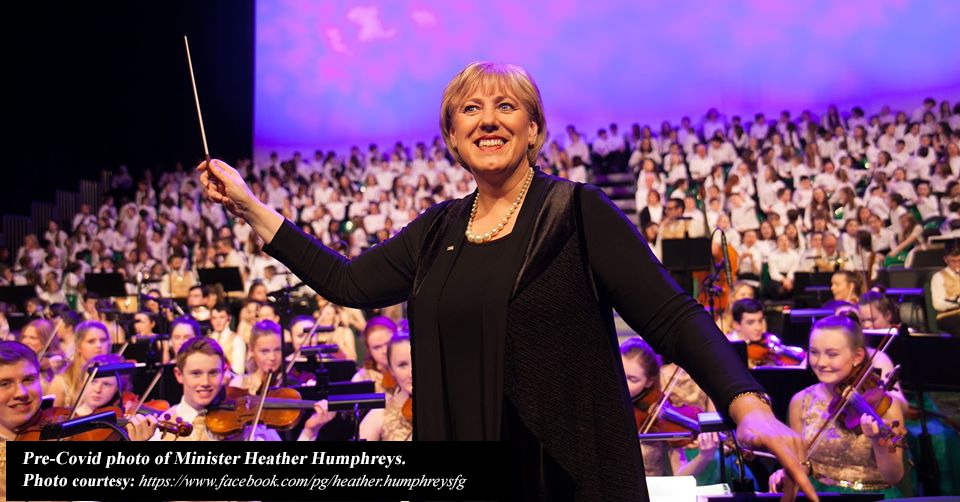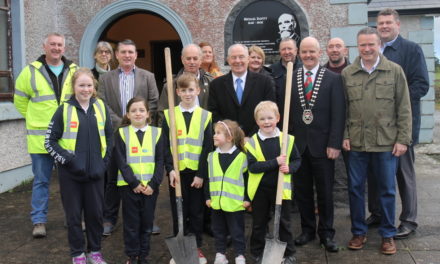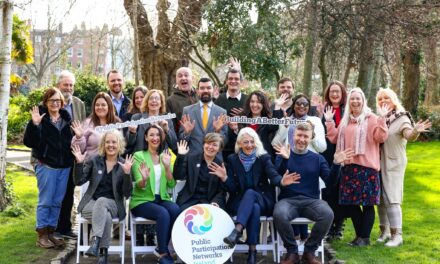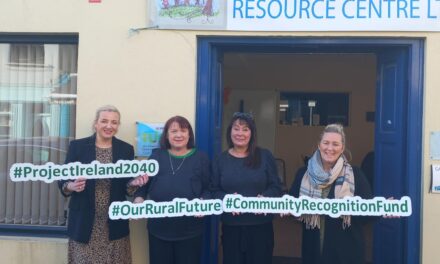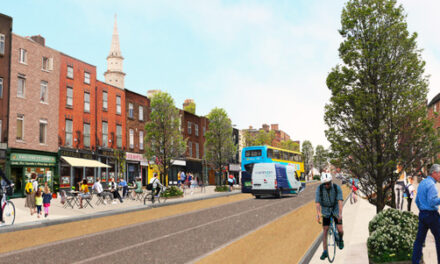In 1997, “Community” became a named function of a government department for the first time. It has remained in usage ever since. So how come Minister Heather Humphreys is responsible for two departments, one including Community? Allen Meagher reports:
ONE MINISTER – TWO DEPARTMENTS
There are 17 departments in the Irish Government. The constitution states that there can be no more than 15 senior ministers as members of the cabinet.
In effect, Minister Heather Humphreys is responsible for two in one: Social Protection on the one hand; Community, Rural and Islands development on the other.
Her official title is “Minister for Social Protection, Community and Rural Development and the Islands”.
“I’m taking charge of two departments,” she confirmed on national radio. “Two departments. Two secretary generals.”
She said she was up for the challenge and that the responsibilities were a good match.
Tonight, the cabinet appointed 17 new junior ministers. Among them is Joe O’Brien (Green Party, Fingal) who was named by the Government as Minister of State with responsibility for “Community Development and Charities”. (We do not yet know if “Rural” comes under his remit).
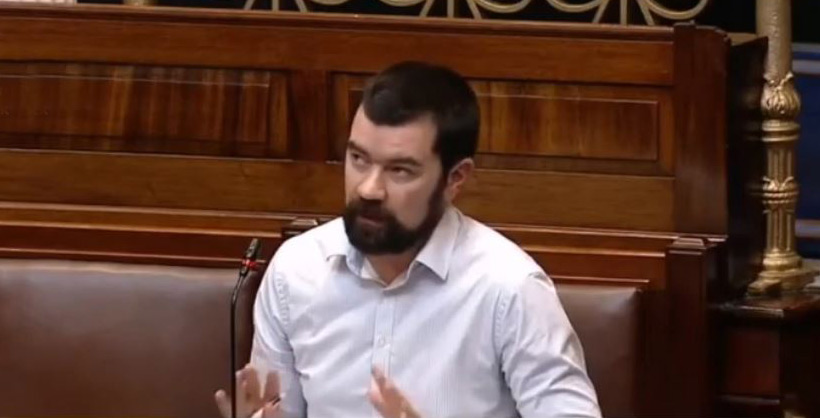
Originally from Cork, junior minister Joe O’Brien has worked with Youthreach, homeless agency Crosscare and as a migrant rights campaigner with the Immigrant Council of Ireland. His senior minister also has a professional community background having been a Credit Union manager (see profile below).
There had been speculation that the Department of Rural and Community Development would be abolished. The media got it wrong. As they did when they wrote off an aspiring TD in a by-election in 1994 – one Michael Ring. People in the West knew he would be elected.
From 2017 until the new government was formed, Ring served as Minister for Rural and Community Development and, while it was the smallest of the government departments in terms of budget, it grew in stature.
During the same period, Regina Doherty* served as the Minister for Employment Affairs and Social Protection – that department remains one of the largest in terms of budget.
COMMUNITY DEVELOPMENT
The departments are familiar with working together. The smaller department collaborated with the larger one to deliver the Social Inclusion and Community Activation Programme. It linked people in communities with vital income support provided through the Back to Work Enterprise Allowance (BTWEA).
In responding to the impact of Covid, we can expect to see more of this kind of work. Reskilling and retraining is necessary. However, most important is solid community work where the most vulnerable people know they are being heard and are encouraged to take action individually and collectively.

While one of the departments is bigger than the other, they are used to working together.
THE ISLANDS
The line-up with islands has historic precedence. Community, rural and islands’ development were under the same roof from 2002 to 2010. While islands were not overtly named, providing support for them became the responsibility of the then Department of Community, Rural and Gaeltacht Affairs (DCRGA).
Under Éamon Ó Cuív, that Department was fondly known as “Craggy” – due to its acronym, the Minister’s western base and, indeed, its popularity. It was abolished after the country went bankrupt.
In recent years, government responsibility for supporting offshore islands rested with the Department of Culture, Heritage and the Gaeltacht.
Of note, offshore islands are represented by Comhdháil Oileáin na hÉireann (the Irish Islands Federation). The federation’s office is based on Inis Oírr – you can connect online here: https://www.facebook.com/oileain/
Finally, islanders can be assured that Minister Humphreys has sea legs. While she comes from a landlocked county, she visited Clare Island last year and heard first hand of the challenges facing offshore islands.
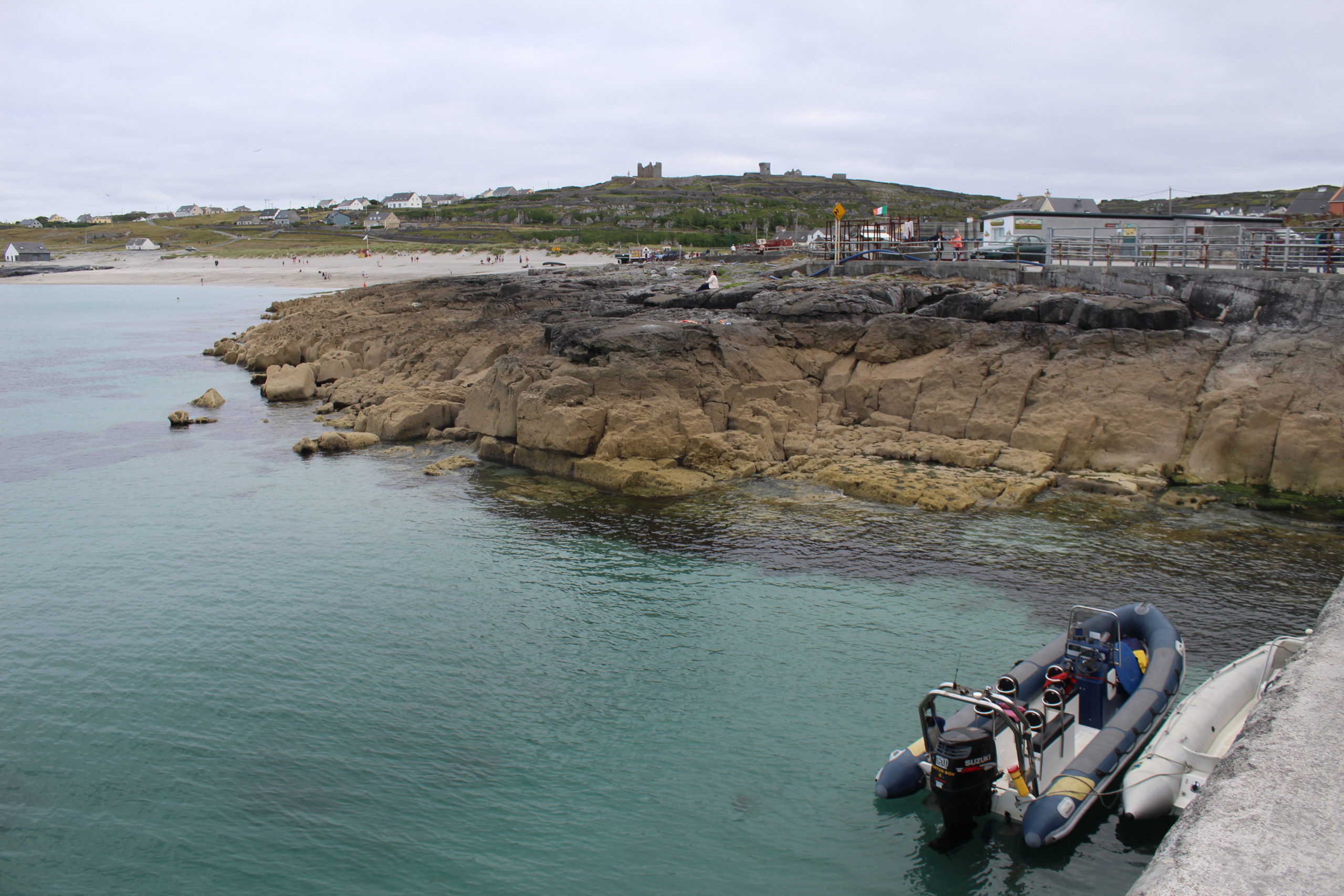
Inis Oirr in 2018. Photo: A. Meagher.
* Doherty – who lost her seat in the General Election – has been appointed a senator by An Taoiseach.
Humphrey’s radio interview: https://bit.ly/Humphreys2depts
PROFILE: MINISTER HEATHER HUMPHREYS from MONAGHAN
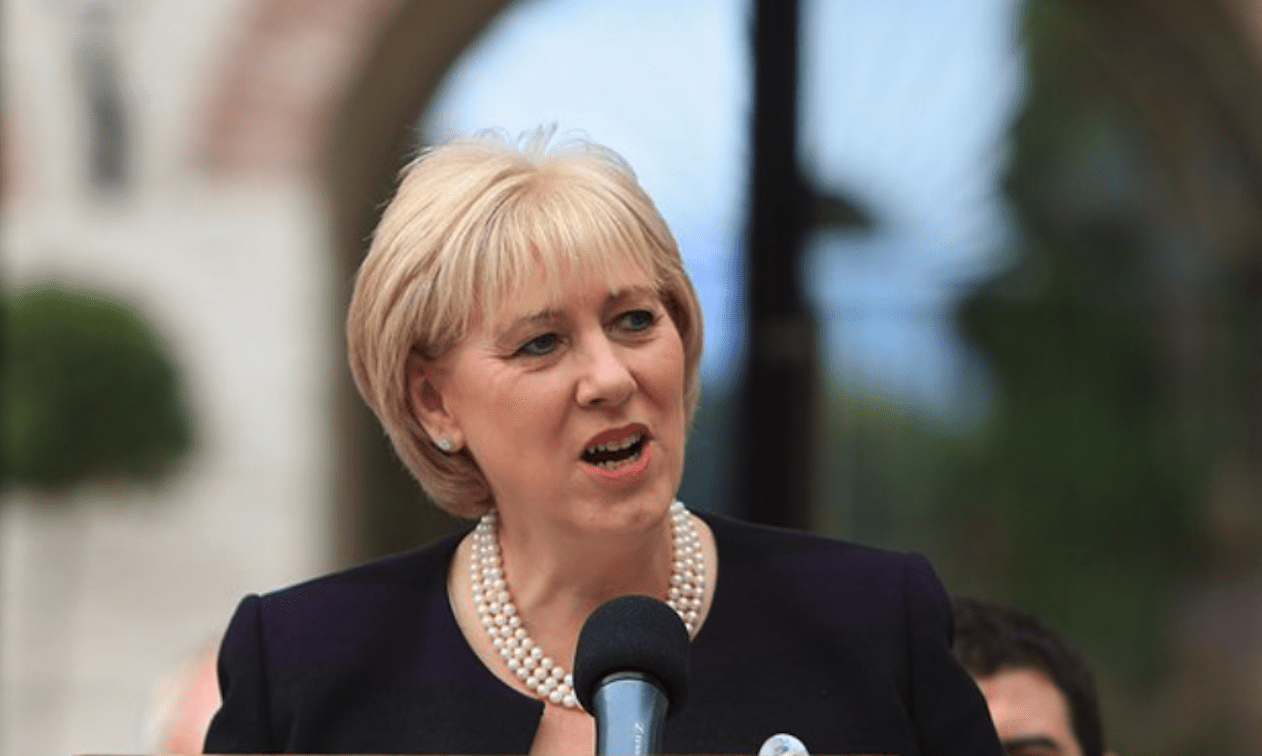
With two departments under her remit, Heather Humphreys (57) is likely to be one of the busiest of all ministers.
She does, however, have considerable ministerial experience in regional and rural affairs, in arts, heritage, An Gaeltacht, and promoting business, enterprise and innovation. On her website, she expresses pride in having introduced the Town and Village Renewal Scheme.
Now, her focus is “to see that no person or community is left behind”, as she said shortly after being appointed to her new role. This phrase is borrowed from the new Programme for Government.
She is one of the minority of four women serving as senior ministers. She sits alongside Helen McEntee (Justice), Norma Foley (Education) and Catherine Martin (Media, Tourism, Arts, Culture, Sport and the Gaeltacht).
The National Women’s Council expressed the disappointment of many over the cabinet’s gender imbalance – saying the government will have to work harder on women’s rights and call-ing for it to introduce a gender quota for elections.
Humphreys lives in Aghabog, a rural area near Monaghan and, before entering politics, she worked as manager of Cootehill Credit Union. She was the only Presbyterian in the last Oireachtas.
‘COMMUNITY’ IN CABINET
In 1997, “Community” became a named function of a government department for the first time. It has remained in usage ever since.
For a long stretch, from 2002 to 2010, it was a central plank of a high-profile department. Then came the banking-led crash, austerity policies and harsh cuts to the community sector. During this time, “community” almost disappeared from view in department titles.
And then came the turnaround – in 2017 a new department was established and ‘community’ was brought to the fore once more. The new department proved to be a success and, if this government runs its full term, “Community” will be closing on three decades of prominence.
This is important: If you’re not named you’re less visible. At present, many are annoyed that “Youth” was dropped in name and are calling for it to be reinstated in the appropriate department’s name.
While “Community” was moved between different departments, the Community Unit and its staff often moved and changed, disrupting the growth of a corporate knowledge and memory.
This time – 2020 – the Department stay intact. It will grow, not diminish, and the inside knowledge gained through years of contact with vulnerable communities and grassroot organisations should survive. That’s especially important at a time when the country may look again to communities to rise to a Covid-19 challenge.
1997 – 2002
Department of Social, Community & Family Affairs (DSCFA)
(under Dermot Ahern)
2002 – 2010
Department of Community, Rural & Gaeltacht Affairs (DCRGA)
(Éamon Ó Cuív)
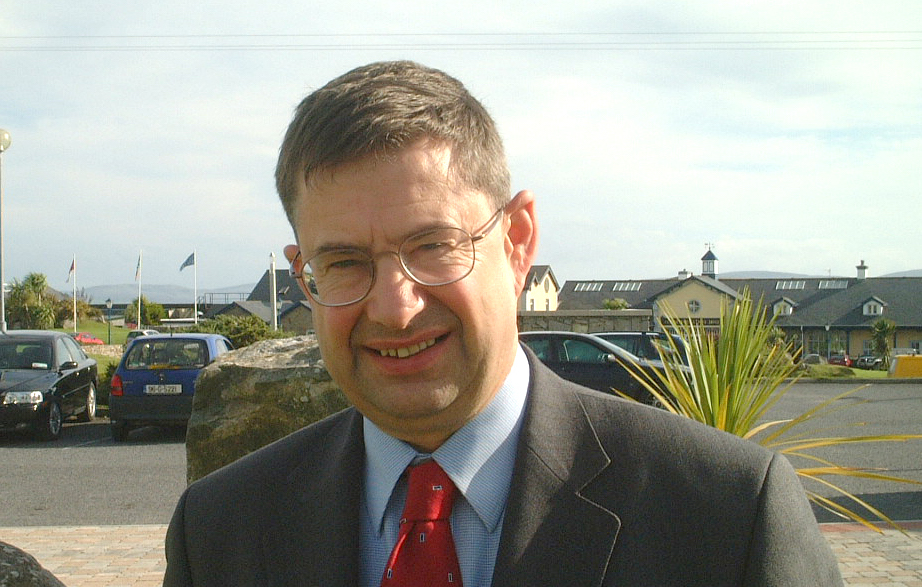
Éamon Ó Cuív in Furbo, Co. Galway, in 2004, for an interview with ‘Changing Ireland’. Photo: A. Meagher.
2010 – 2011
Department of Community, Equality & Gaeltacht Affairs (DCEGA)
(Pat Carey)
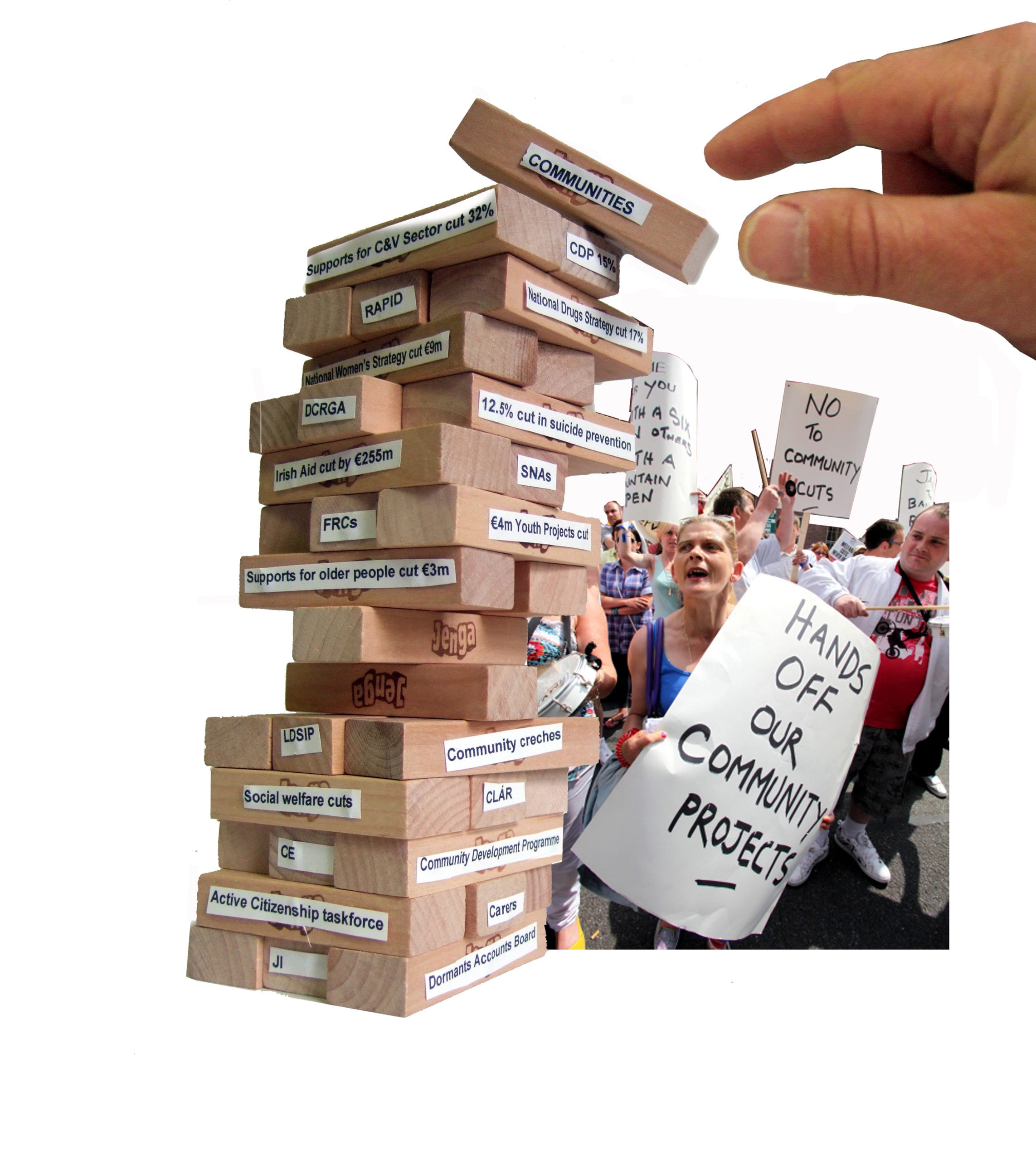
An era of austerity: Community workers and SIPTU activists marched in protest repeatedly a decade ago over Governments cutbacks that hit the poorest communities.
2011-2016
Department of the Environment, Community & Local Government (DECLG).
(2011 – 2014 – Phil Hogan / 2014 –2016 – Alan Kelly)
2016 – 2017
Department of Housing, Planning, Community & Local Government (DHPCLG).
(Simon Coveney)
2017 – 2020
Historic moment in July as it marked the establishment of the Department of Rural & Community Development (DRCD)
(Michael Ring)
2020 –
Two Departments have come under the responsibility of one cabinet minister, namely Minister Heather Humphreys who has become the Minister for Social Protection, Community and Rural Development and the Islands.

